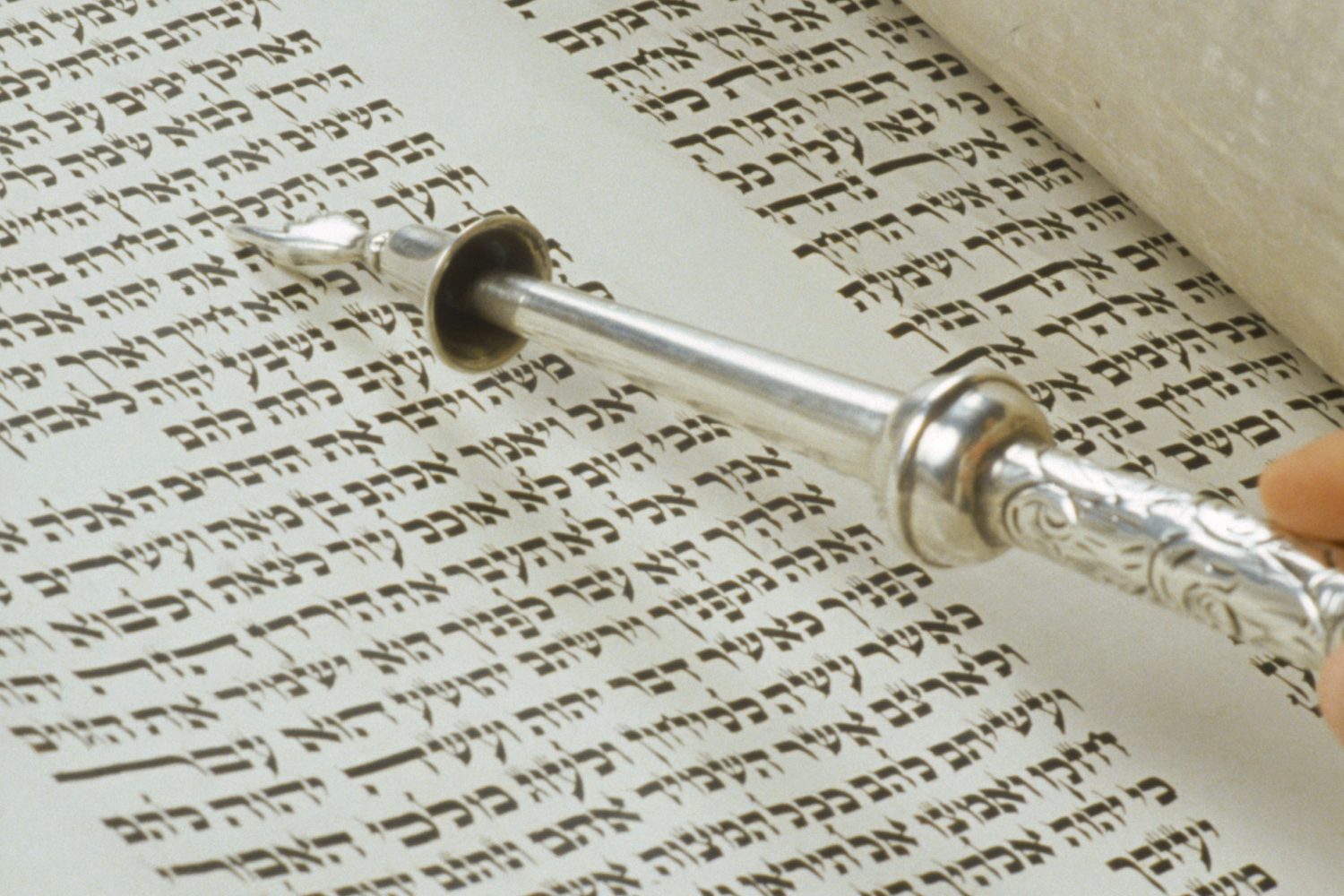The first Chanukah was essentially a reclamation and rededication of the Beit HaMikdash, the Holy Temple, which had been misappropriated and defiled by the Greeks and their assimilated Jewish allies. It was the restoration of the spiritual center of the Jewish People, the earthly seat of the Divine Presence.
It was appropriate, in that light, to establish as the Torah readings for the holiday, the account in the Torah of the establishment and dedication of the first “Temple,” the “Mishkan,” the earthly residence, so to speak, of G-d.
Prior to this event, the Princes of the Twelve Tribes of Israel, led by Nachshon ben Aminadav, Prince of the Tribe of Yehudah, had brought sacrifices for twelve days, one Tribe per day.
It is the description of this offering of sacrifices that makes up the readings. On the eighth day, sacrifices for the eighth through twelfth, as well as the concluding ceremony of dedication, are described.
The ceremony is described as follows:
Afterwards, G-d said to Moshe, “Speak to Aharon, and say to him, ‘Behaalotecha et ha’nerot, el mul pnei ha’Menorah yairu shivat ha’nerot,’ ‘When you raise up the flames, the light of the seven lamps shall shine forth from the Menorah.’ ”
The rededication of the first Chanukah, as well as the dedication of the Mishkan, were marked by and climaxed by the lighting of the Menorah, the radiation of spiritual light into the world. At those times, the light shone upon a dark, and relatively unreceptive world; hopefully this time around, as we once again light the lights of Chanukah, may the light be received with smiling faces by the world, so that we will fulfill our destiny as an “ohr la’goyim,” a “light to the nations.”Chanu
